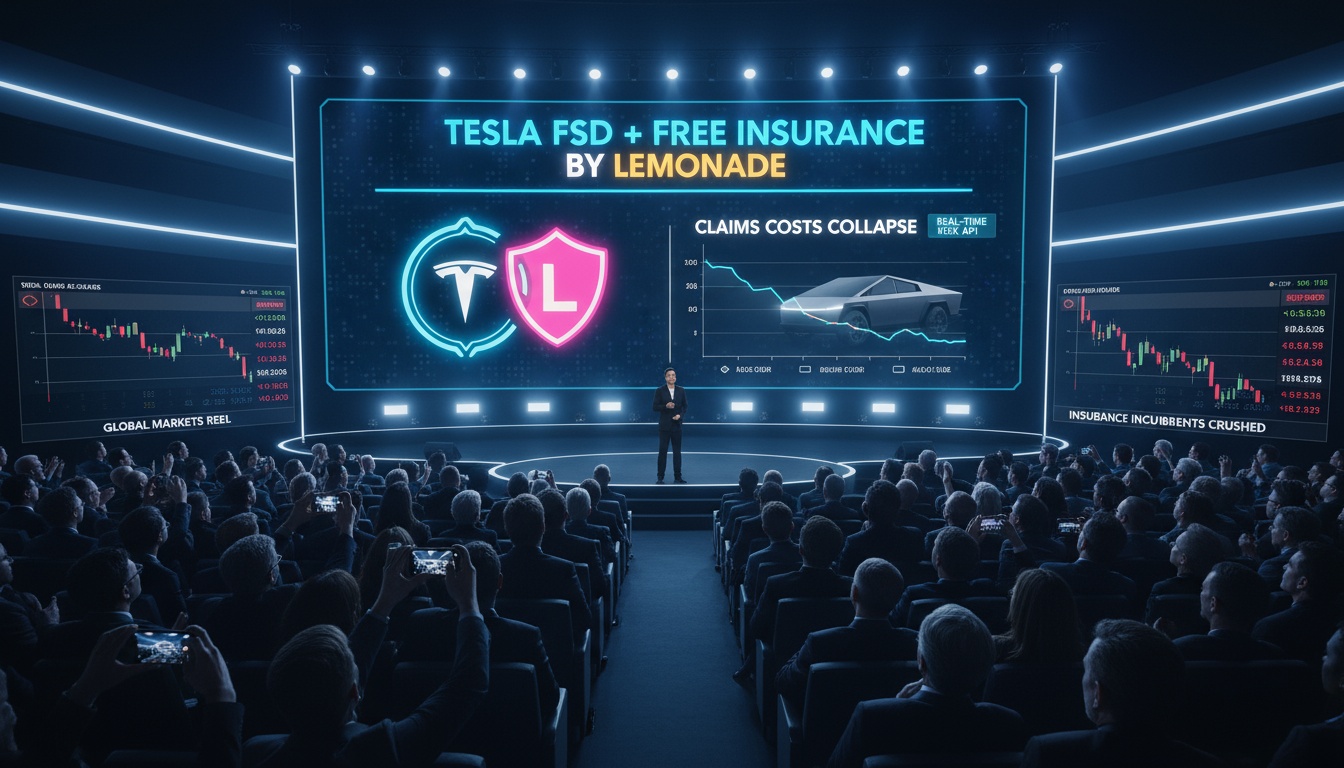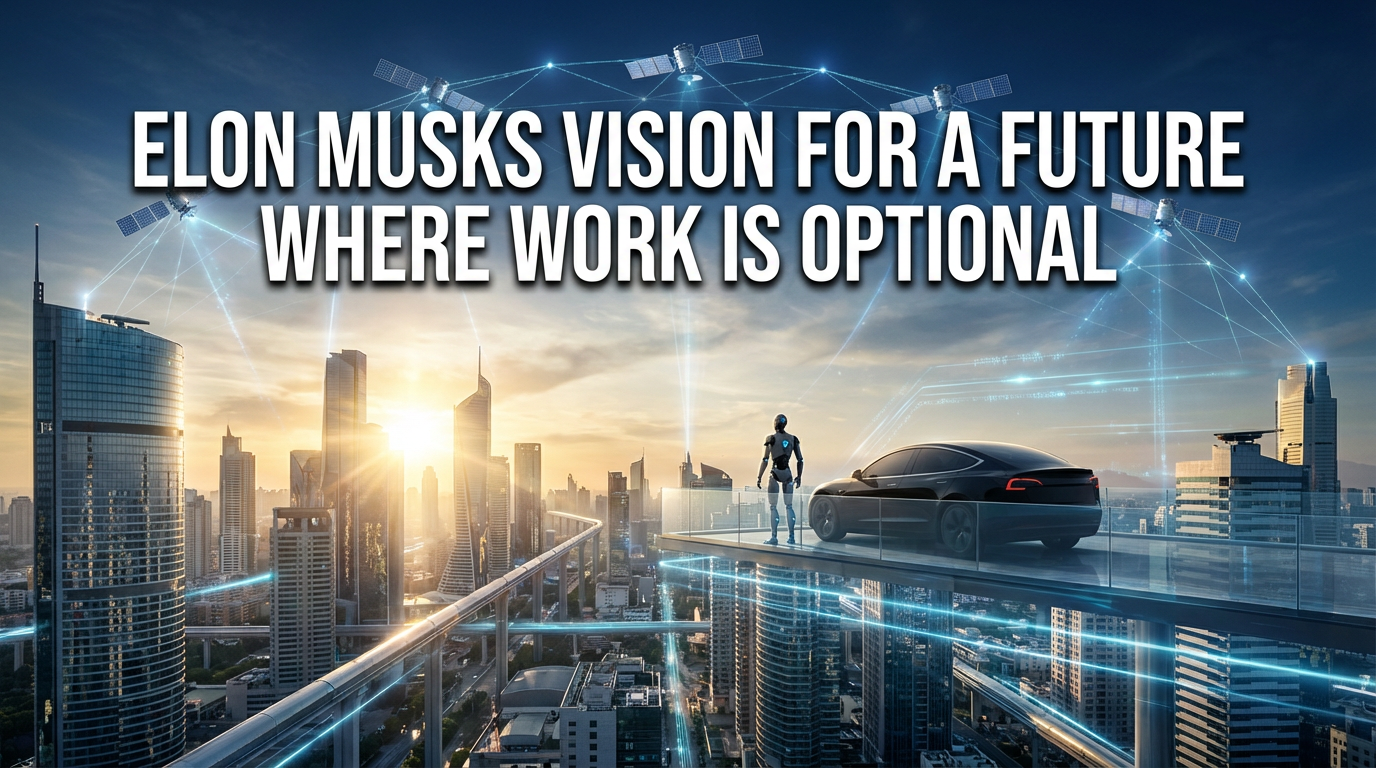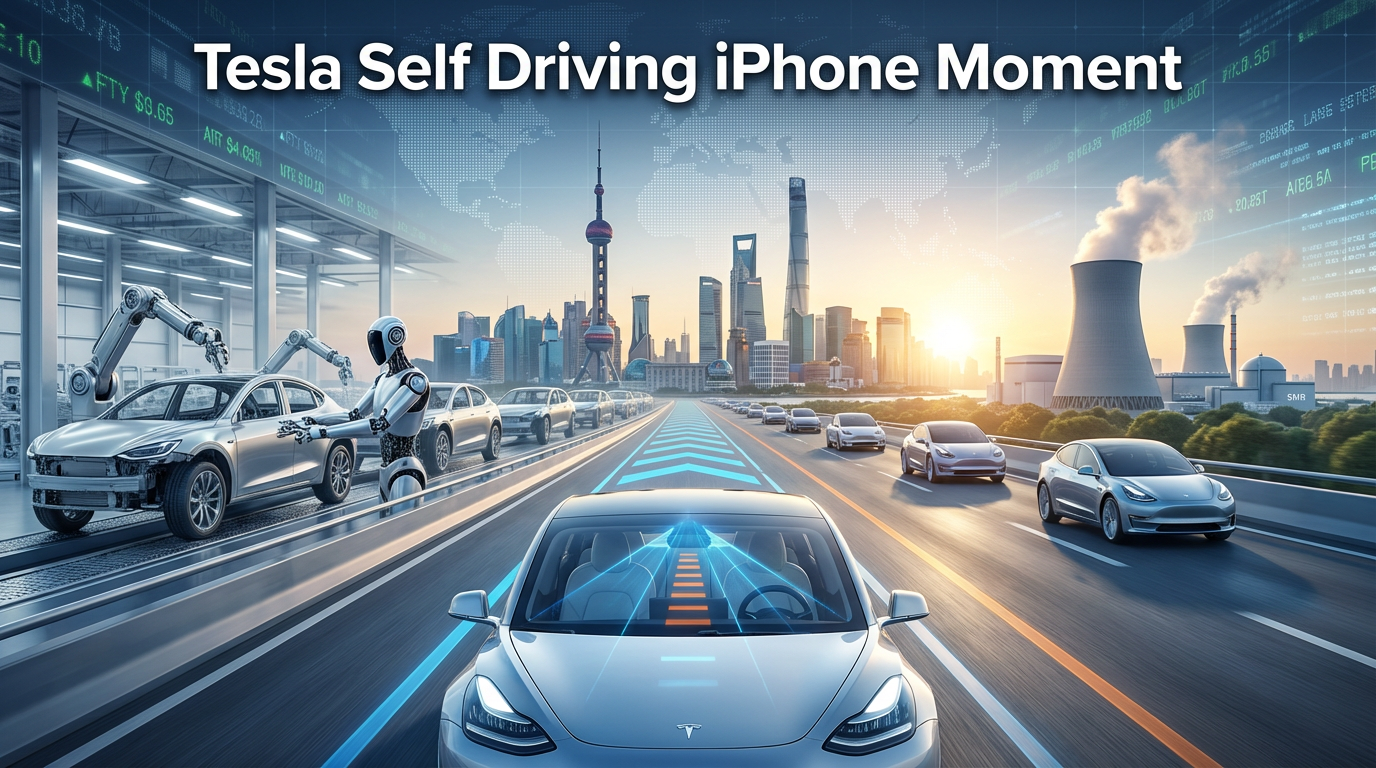● FSD Nearly Free Insurance, Data Goldrush
Tesla FSD ‘Almost Free Insurance’ Economics and Industry Restructuring: A One-Time Overview from the Lemonade Collaboration, Boring Company Integration, to FSD v14.1.2 Upgrade
This article covers how a nearly free FSD insurance structure is possible, the platform gamechanger brought by opening the FSD API, the integration scenario with Boring Company tunnels, the Las Vegas police’s use of the Cybertruck, and the actual improvement points and limitations of FSD v14.1.2.
It also breaks down the impact in numbers from the perspectives of global economic trends, interest rates, inflation, the electric vehicle market, and stock outlook.
Today’s Key Briefing
Lemonade has announced plans to directly integrate Tesla FSD data, effectively replacing UBI hardware.
The proposal of “almost free insurance” for FSD driving segments is interpreted as an insurance industry price signal for FSD safety.
The suggestion of FSD-equipped operation on the Boring Company Las Vegas Loop signals the launch of a pilot project to alleviate urban traffic congestion.
The deployment of the Cybertruck by the Las Vegas police indicates the spread of public sector adoption.
User feedback has shown that the harsh braking issue has been significantly reduced in FSD v14.1.2, and an enhancement of the ‘Mad Max mode’ has been observed.
It has been claimed that Tesla FSD’s power consumption is remarkably lower than that of some competitors in terms of efficiency.
Limitations in exceptional situations have also been confirmed, with further learning and conservative updates identified as the next task.
Lemonade × Tesla Insurance Collaboration Breakdown
The key point is that FSD serves as a “driving data platform” that replaces insurance UBI.
The costs for hardware installation and logistics vanish, and the vehicle’s own data enhances the quality of risk pricing.
Insurance premiums represent the price of risk.
If an insurer offers “almost 0 won” for FSD driving segments, it is a market bet that the actual accident probability is very low.
Similar to prediction markets, the fact that “one’s own money is at stake” lends high credibility.
From a consumer perspective, activating FSD is a powerful incentive that directly leads to lower insurance premiums.
When added to the electric vehicle market’s characteristically low fuel and maintenance costs, the reduction in insurance premiums significantly lowers the total cost of ownership (TCO) compared to internal combustion engines.
From a corporate perspective, if the Tesla FSD API is opened to external partners, an “app store effect” emerges that expands beyond insurance to robo-taxis, last-mile delivery, and fleet management.
FSD API Platformization and Industry Impact
The FSD API provides services for contextual understanding of driving and real-time risk inference.
This data spreads its influence widely, affecting insurance underwriting, urban traffic optimization, logistics, advertising, and commercial area analysis.
Developers, cities, and fleet operators can design models based on “driving data usage fees + performance-based charges.”
The platform shift moves Tesla’s revenue mix from hardware sales to high-margin software and data subscriptions.
In terms of stock outlook, the rationale for multi-ple re-rating is strengthened, and its defensive capabilities are high compared to manufacturing companies burdened by CAPEX in rising interest rate environments.
Boring Company Tunnel · Las Vegas Police Cybertruck
If FSD adoption is confirmed on the Boring Company Las Vegas Loop, it will facilitate autonomous driving safety demos in closed or semi-closed environments.
An urban underground loop combined with FSD functions as a city infrastructure package offering “congestion avoidance + safety and efficiency optimization.”
The Las Vegas police’s adoption of the Cybertruck opens a pathway for durability and total cost of ownership verification in public procurement.
Institutional demand boosts resale value and brand trust, accelerating the expansion of the electric vehicle market.
FSD v14.1.2 Update Checkpoints
User feedback indicating a 95% improvement in sudden braking frequency has been shared, and stability has been observed even on long-distance drives.
In ‘Mad Max mode,’ lane change and overtaking decisions have become bolder, yet risk threshold management appears to be maintained.
In parking scenarios, “context-aware” behavior has been enhanced, such as waiting for an exiting vehicle and then parking immediately.
Instances of handling irregular situations like pothole avoidance and hand signal responses have increased.
Reports indicate consistent performance even in parking towers and bottleneck areas.
Identified Limitations and Areas for Improvement
There was an instance where a conservative margin seemed insufficient when a motorcycle approached during an unprotected left turn.
In the next version, additional conservative safety margins for “vulnerable road users” such as motorcycles and bicycles will need to be added.
There have been reports of failures to recognize damaged parking gate bars.
An expansion of learning data for irregular or damaged objects is required.
In conclusion, although the occurrence frequency has decreased, strengthening “long-tail safety” by preemptively learning extremely low-probability, high-risk scenarios is crucial.
Efficiency Comparison and Operating Cost Structure
Some analyses have claimed that Tesla FSD’s power consumption is significantly lower compared to restricted-zone-based autonomous driving systems.
Camera-centric end-to-end AI and lightweight model optimization are cited as the core reasons.
Lower operating costs reduce the variable cost per mile for robo-taxis, enhancing price competitiveness.
If this structure is established, a virtuous cycle of reduced service prices → increased demand → accelerated network learning → further cost reductions is possible.
Economic Implications: Global Economy, Inflation, Interest Rates, Electric Vehicle Market, Stock Outlook
On a global economic level, lower mobility costs can create systematic downward pressure on logistics and service prices.
A slowdown in the CPI for transportation and automobile-related items contributes to inflation stability, widening the scope for interest rate cuts.
If interest rates fall, the stock outlook of platform-based electric vehicle market leaders like Tesla improves, along with a recovery in growth stock multiples.
At the city and national levels, public-private investment incentives in transportation infrastructure grow, and budget structures are reformed into high capital efficiency “data-driven mobility.”
The insurance industry is rapidly shifting to “behavioral data-based pricing,” and profitability improvements become possible in periods of declining loss ratios.
Cybercap Hardware and Transitional Strategy
Observations of side mirrors on Cybercap test vehicles suggest the possibility of coexisting transitional models.
Operating both unmanned robo-taxis and low-cost models driven by humans simultaneously allows flexible responses to regulatory and demand elasticities.
Hardware hinges on safety sensor redundancy, internal modularity, and service-oriented design, while software increments revenue and performance simultaneously via OTA updates.
Investment Points and Risks
Platform monetization: FSD API, data subscriptions, insurance partnerships, and robo-taxi commissions are the pillars of high-margin growth.
Cost curve: Superior energy and computing efficiency is the essence of long-term competitiveness.
Regulation and accountability: Accident liability, data privacy, and urban permits dictate the pace of commercialization.
Competitive landscape: Differentiation in costs and safety compared to sensor-stack or map-reliant alternatives is crucial.
Interest rate environment: While high valuations of growth stocks remain sensitive to discount rates, there is resilience in multiple restoration when inflation subsides.
Core Summary Often Missed by Other Media
The nearly zero-won insurance rate for certain segments is fundamentally a structural change in risk pricing, not mere “marketing.”
FSD is not just a product but a platform, and the network effects of data are transforming the profit functions across industries.
Robo-taxi economics depend not solely on autonomous driving success but on “variable cost per mile” and “vehicle utilization rate.”
Once integration with urban infrastructure commences, regulations can function as “barriers to entry” that protect early demand rather than merely acting as constraints.
< Summary >
- Lemonade has directly integrated Tesla FSD data and proposed an “almost 0 won” insurance premium for FSD driving segments.
- The FSD API is emerging as a platform that can expand beyond insurance to robo-taxi, logistics, and urban operations.
- Adoption in public and infrastructure sectors is increasing, as seen with the Boring Company Loop and police Cybertruck.
- FSD v14.1.2 has significantly reduced perceptible bugs such as sudden braking, with the conservative handling of exceptional situations identified as the next challenge.
- The reduction in mobility costs boosts expectations for easing inflation and interest rates, favorably affecting the stock outlook of electric vehicle market leaders.
[Related Articles…]
The Impact of Tesla FSD Insurance Innovation on the Transformation of the Insurance Industry
Robo-Taxi Economics: Cost Curves, Interest Rate Sensitivity, and Urban Infrastructure Strategies
*Source: [ 허니잼의 테슬라와 일론 ]
– 테슬라 자율주행 무료 보험? 이건 파급력이 아주 큰 소식입니다!



